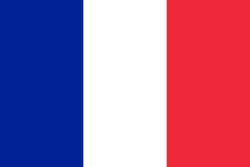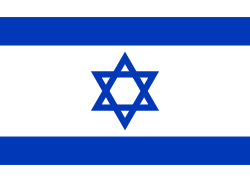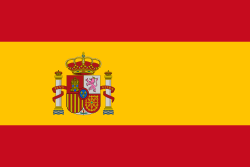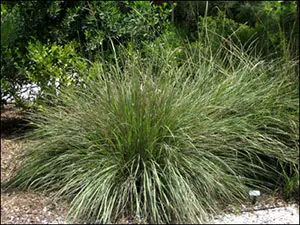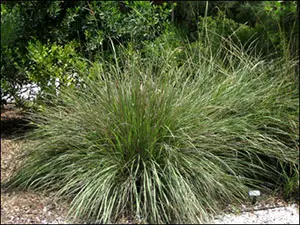Fakahatchee Grass, Eastern Gamagrass
Common names
Binomial name
Tripsacum dactyloides
Eastern Gamagrass, Wild Rice, Indian Rice Grass
Description
Tripsacum dactyloides is a versatile, hardy grass native to North America. With its tall, arching stems and wide, deep green leaves, it forms an attractive and dense clump that adds texture and movement to any garden. Its soft, feathery flower heads appear in late summer to early fall, offering a striking display of golden brown hues. This grass is not only ornamental but also drought-tolerant and low-maintenance, making it an excellent choice for naturalistic plantings, prairie gardens, or as a backdrop for other plants. It’s a great plant for adding structure and height without much fuss.
Light requirements
Tripsacum dactyloides thrives in full sun to partial shade. While it will perform best in full sun, it can tolerate some shade, though it may not flower as abundantly. Providing it with at least 4–6 hours of sunlight daily will keep it healthy and vigorous.
Soil preferences, including pH and drainage
This grass is quite adaptable and will grow in a wide range of soils, including sandy, loamy, or clay-based varieties. It prefers slightly acidic to neutral pH (6.0–7.5) and well-draining soil. Avoid overly wet or waterlogged conditions, though it can tolerate occasional flooding.
Water needs
Tripsacum dactyloides is drought-tolerant once established but benefits from regular watering during dry spells. Water deeply to encourage deep root growth, especially during the plant’s early stages. Once mature, it requires minimal water and can survive with natural rainfall in most climates.
| Taille | 3 Gallon |


